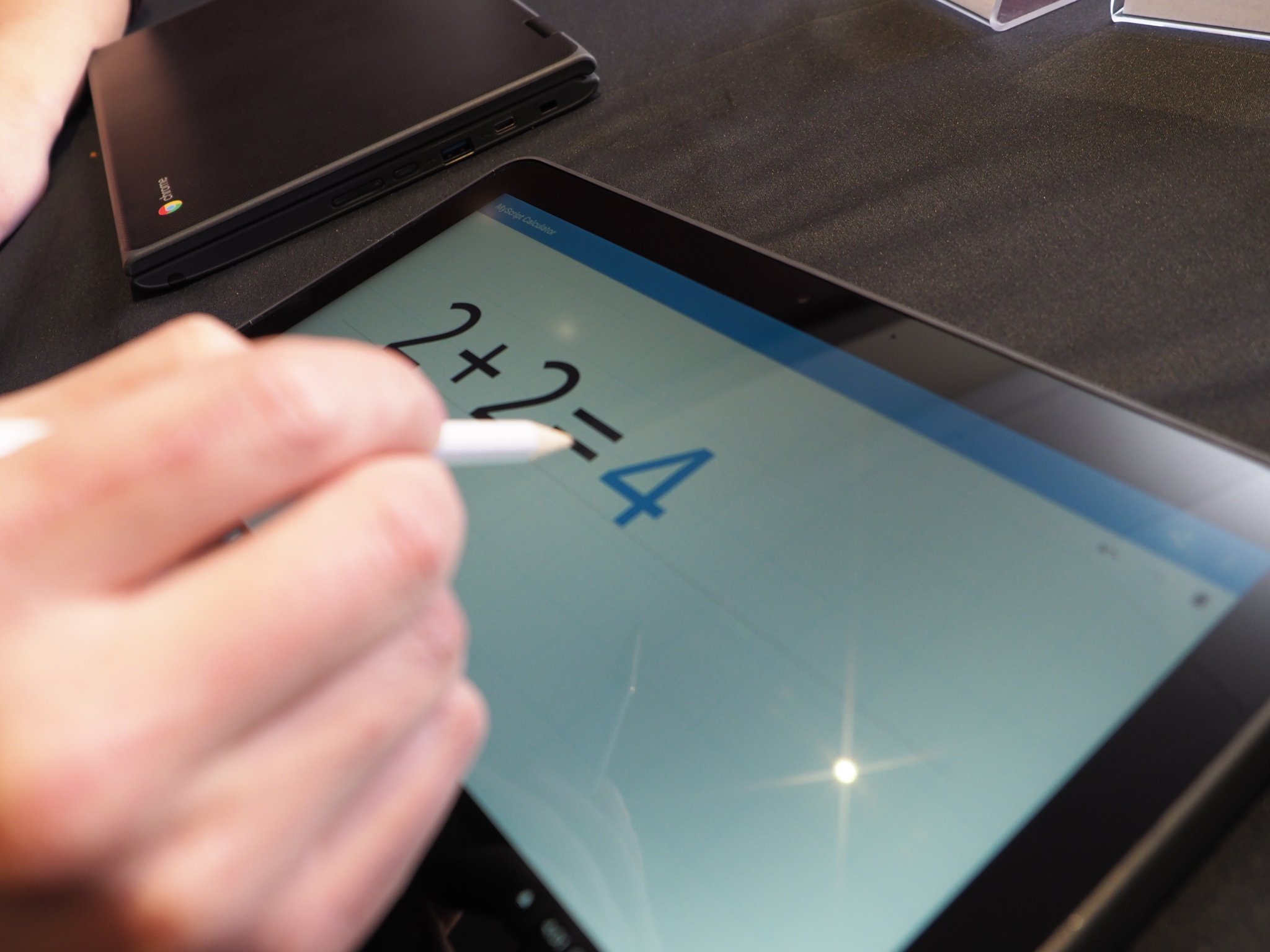The box says "education," but they're for everyone.
Logic would dictate that a trio of Chromebooks, all selling for under $350, wouldn't be particularly interesting. But in 2018, where most of the innovation in Android phones is happening in the mid-range, it stands to reason that a similar trend would be seen in other areas where Google's software dominates.
Chrome OS has become a prominent part of the education community in recent years, buoyed by its tri-pronged promise of speed, security, and simplicity. Lenovo, among other companies, has participated in the proliferation of Chrome in education, cemented earlier this year by an announcement that made clear just how many schools have embraced the browser-first operating system.
Lenovo's latest entries into the Chromebooks for Education category are capable and utilitarian and punch above their respective price points in the ways that count: durability, keyboard and trackpad quality, port selection, screen quality, and performance.
All three laptops are built with the same strong rubberized plastic, with reinforced USB ports and spill-resistant keyboard; the $219 100e (which comes out later in March) skimps on the screen quality and lacks touch support, but its Celeron processor and standard 4GB of RAM ensures the experience isn't compromised.
The $279 300e is probably the most compelling of the three devices, mainly because you get so much more for your additional $60. You move to an ARM chip with a MediaTek processor, plus 4GB of RAM and 32GB of storage standard, a large 45Whr battery, an 11.6-inch multitouch IPS panel, both USB-C and USB-A ports, a standard SD card slot, and support for a pen.
Pen support on the 300e is quite interesting: to save money, the screen isn't tuned for a capacitive stylus the way the more expensive 500e is, but it uses an adaptation of Lenovo's AnyPen technology that allows graphite pencils or anything else with a capacitive charge to simulate a touch response.
Stylus input isn't quite as seamless, then, as on more expensive Chromebooks and tablets, but for kids wanting to trace or write on the screen with implements they already have — H2 pencils among them — it's perfect.
On the more expensive side, starting at $349, the 500e comes with an integrated pen and improved touch response. Lenovo worked with Google to optimize pen input to be completely lag-free, and in my short time with the laptop I found it to be remarkably good — better than many tablets more than five times the cost.
At 2.97 pounds, the Chromebook 500e is not exactly tablet-weight, but it's also being marketed as a premium classroom tool that can be adapted for home and enterprise use, as well. For some reason, Lenovo downsized the SD slot to microSD, likely to accommodate twice the number of USB-A and C ports, but the tradeoff seems worthwhile.
The 500e can be configured for 8GB of RAM and 64GB of internal storage if desired, and its Intel Celeron N3450 chip is significantly faster than that of the MediaTek processor inside the 300e. Either one will suit most people, and both are available right now through Lenovo's website.







Tidak ada komentar:
Posting Komentar